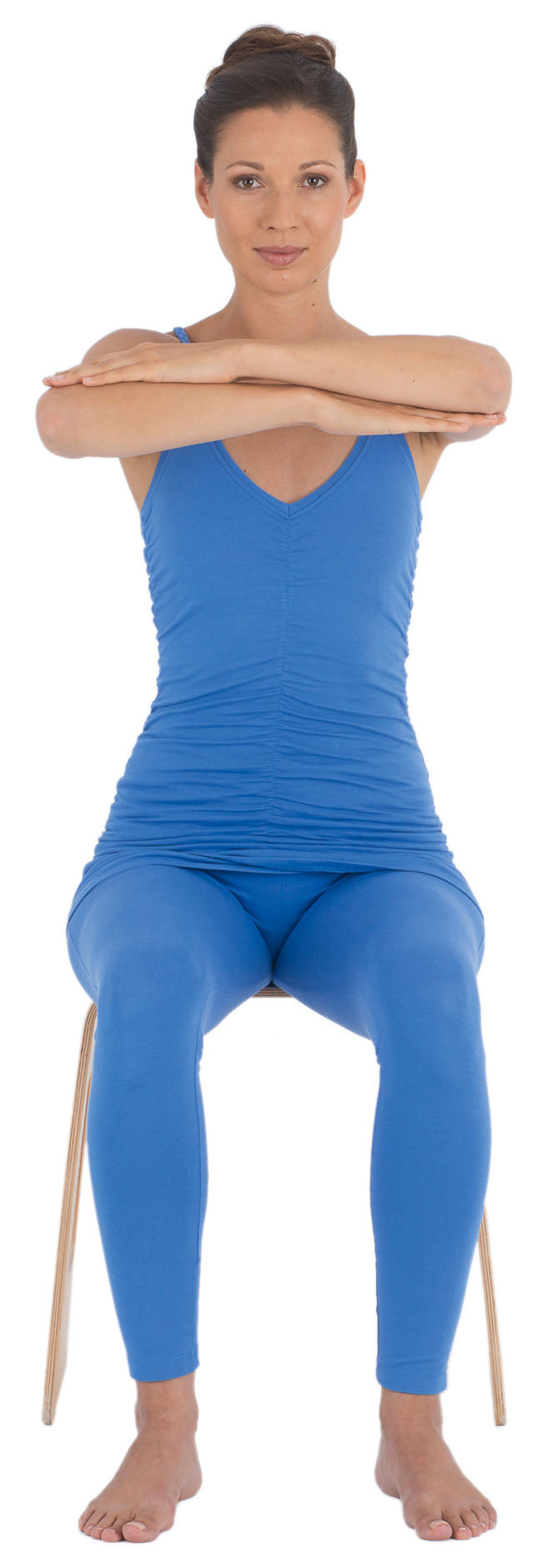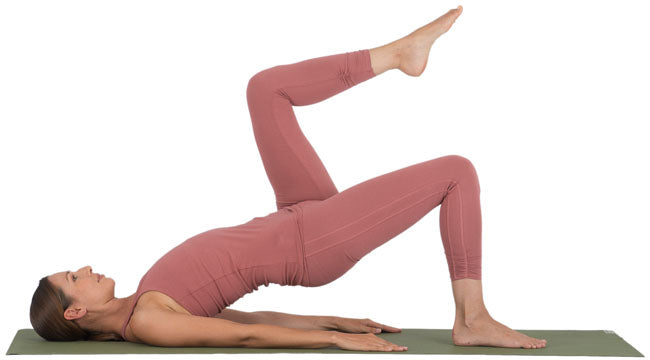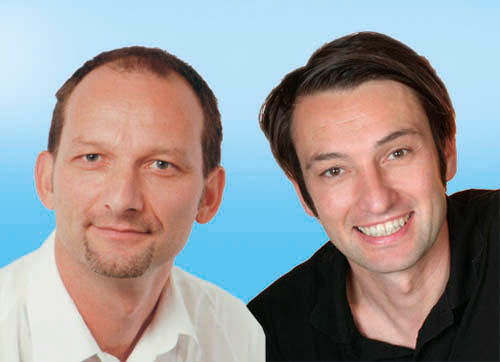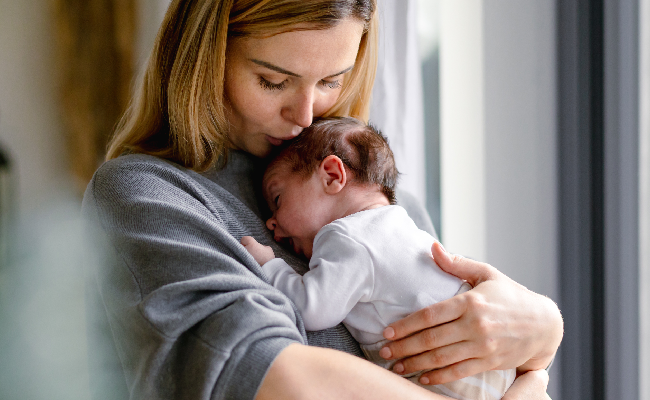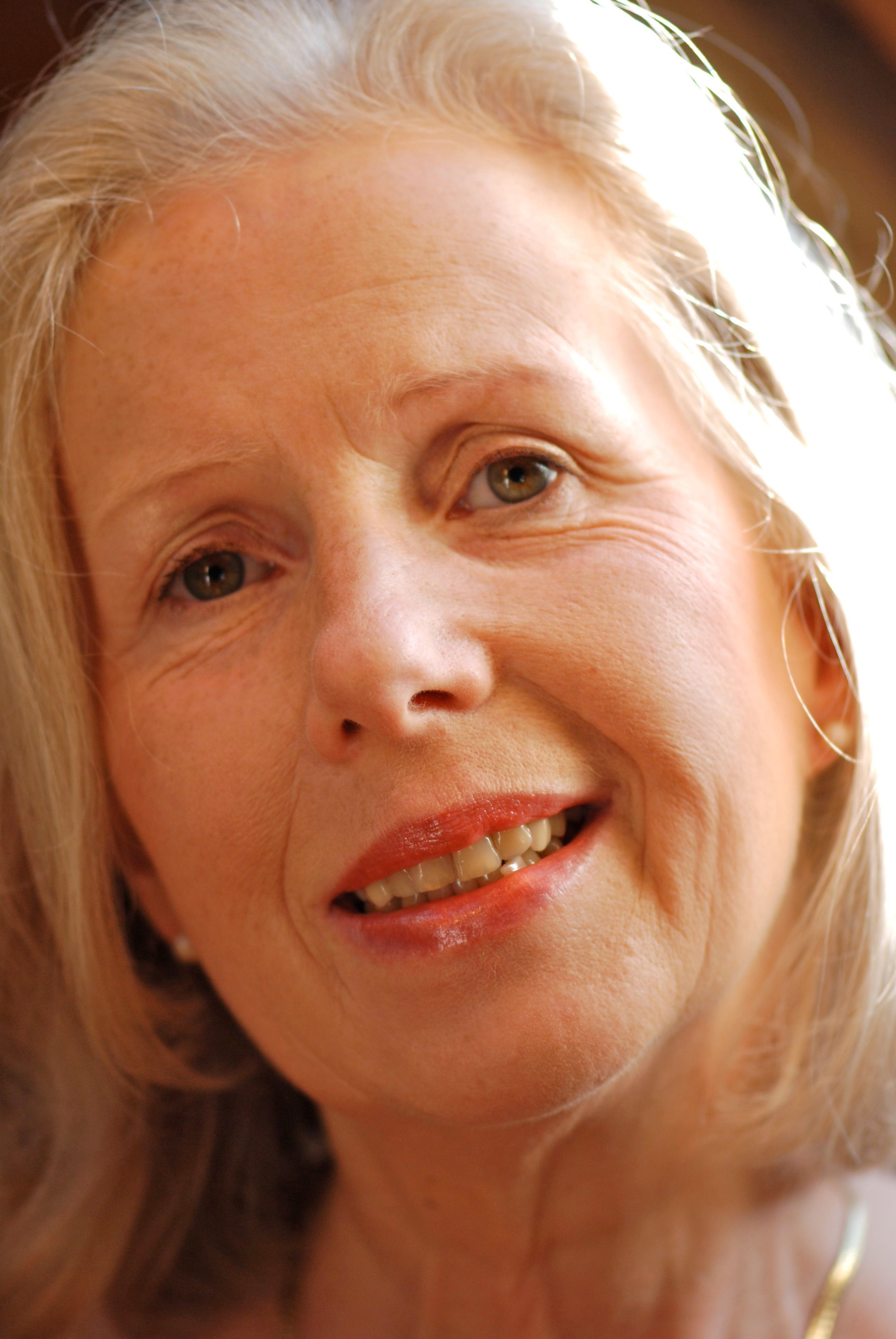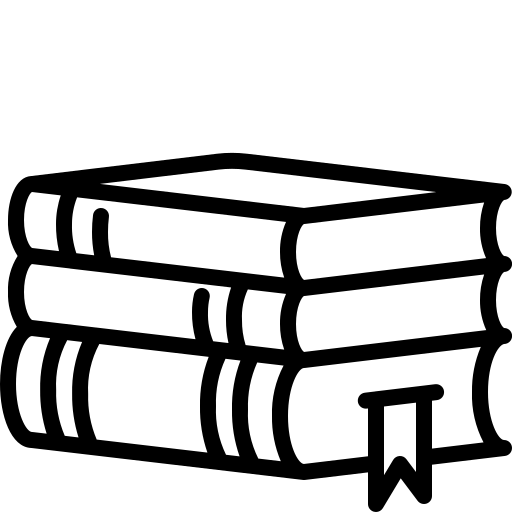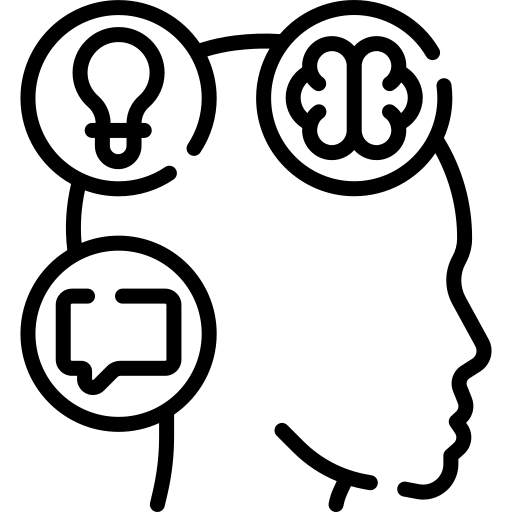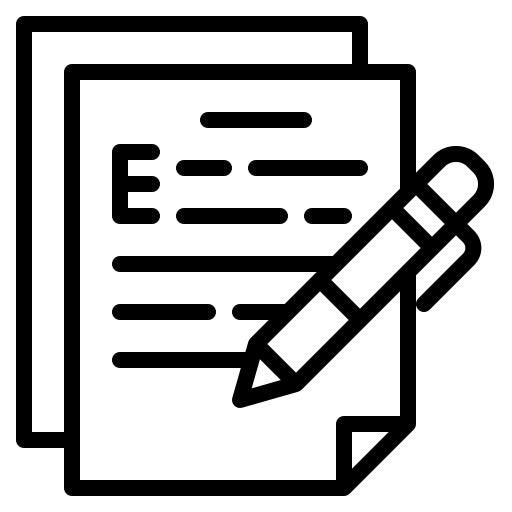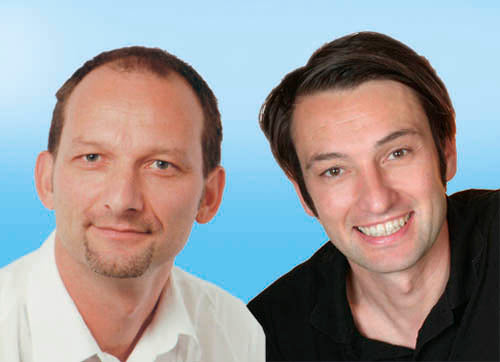
“As a holistic training method, Pilates has a preventative and healing effect and is ideal for our modern lives!”
“As a holistic training method, Pilates has a preventative and healing effect and is ideal for our modern lives!”
Interview with the two sports educators and Pilates experts Christopf Baur and Bernd Thurner
"In Pilates training, particular emphasis is placed on conscious body awareness and movement execution, the alternation of tension and relaxation, as well as mental concentration and presence. This holistic approach makes Pilates the ideal training method for physical and mental well-being - especially for the ailments that are so widespread today, such as chronic back pain or mental illnesses." The two sports educators Christof Baur and Bernd Thurner, whose successful Pilates guide is now being published in a practical compact format, explain in an interview why Joseph H. Pilates' movement theory has lost none of its relevance and value even after a hundred years."
Pilates has been a classic fitness exercise for many decades and is an integral part of many prevention and rehabilitation programs. What is the special idea that you are pursuing in your new compact guide?
Bernd Thurner: Our greatest concern is to convey the ideas of Pilates in the most easily understandable and concise way possible. The theoretical ideas and content are put into practice in the "Body School" chapter. Your own body awareness and the qualitative execution of the movement are the key to success. This "idea" is described in all chapters and put into practice. We offer two exercise programs for this. Each exercise step is recorded with pictures and text. The reader should first take the time to study the exercise sequences carefully.
The holistic and functional view of the body is the ideal basis for a balanced and individual training. How is this implemented in the Pilates exercises?
Christof Baur: Basically, the primary goal of Pilates training is not the muscle, but the movement. Several muscle groups always have to work together to correctly perform a movement or a sequence of movements. Accordingly, the movement instructions for the individual exercises are very important. We have put together the exercises from a holistic and functional perspective so that they achieve maximum effect.
Modern everyday life is characterized by time pressure, peak mental performance and physical inactivity. The often lacking body awareness and control is the cause of numerous complaints. What are these and where can Pilates be used to prevent or even alleviate them?
Christof Baur: Chronic back pain and mental illnesses in particular are on the rise. Pilates can have a preventative and healing effect in every respect. In addition to the physical training of the core muscles, the exercises also require mental concentration on the movement. This has been proven to calm the mind. For example, the "circular thoughts" that often occur in a situation of psychological overload can be stopped.
The quality of the exercise execution is crucial for the effectiveness of the training. How do you find your personal training plan as a beginner, and can you practice “too much”?
Christof Baur: Beginners in particular are often very motivated at the beginning. They want to catch up in one week what they have missed for years. That cannot work. Our simple advice: stick to the recommendations in the book. If you work step by step according to the book, you will succeed the quickest. If you practice too much, you will overwhelm yourself and soon lose interest. The most important thing is to enjoy training.
When used correctly, Pilates is a training method for people of all fitness levels and all ages. Are there people you would advise against doing Pilates? And if so, what would be an alternative?
Christof Baur: If you have acute or chronic complaints or illnesses, we recommend that you always consult your doctor first. He will decide whether there are any contraindications. If that is the case, appropriate therapy is of course advisable. Exercise under the guidance of an exercise specialist is now a sensible treatment option for practically all illnesses.
Pilates says that only those who are completely present mentally and spiritually can train their bodies consciously and effectively. How can this be achieved and which principles are essential?
Bernd Thurner: In order to be fully present mentally and spiritually, the first step is to create the right external conditions. Our modern everyday life is characterized by the simultaneous performance of many activities. For example, many fitness studios offer monitors to distract you from training. This contradicts the basic idea of Pilates; it is therefore sensible to provide a quiet environment and the necessary free time. The practitioner should learn to listen to the signals of their own body and to consciously control them. An important "control tool" is breathing: through targeted breathing we can both activate and relax our body and strengthen our autonomic nervous system.
How can you actually tell if you have left the beginner stage behind and are ready for an advanced Pilates exercise program?
Bernd Thurner: Beginners should first be able to master the eight basic exercises of the physical school without any problems and then gradually get used to higher levels of exertion. Every unfamiliar training session causes reactions in the body. The first Pilates sessions will therefore cause a certain feeling of tension in the muscles one or two days after training. However, with regular training, the body will quickly adapt to the new strain and the exercises will be perceived as "easier". We recommend that beginners complete around 16 to 20 training sessions in the beginner stage and optimize the movement sequences. It is then a good idea to raise the level in order to offer the body new training stimuli and enable the appropriate adjustments.
Book tip:
Christof Baur and Bernd Thurner: The best Pilates exercises - for beginners and advanced - compact guide. Mankau Verlag, 1st edition March 2016. Paperback, 11.5 x 16.5 cm, numerous color photos, 127 pages / 7.99 euros (D) / 8.20 euros (A) / ISBN 978-3-86374-272-0
Link recommendations:
More information about the compact guide "The best Pilates exercises"
To the reading sample in PDF format
More about the author Christof Baur
More about the author Bernd Thurner
To the Internet forum with Christof Baur and Bernd Thurner
